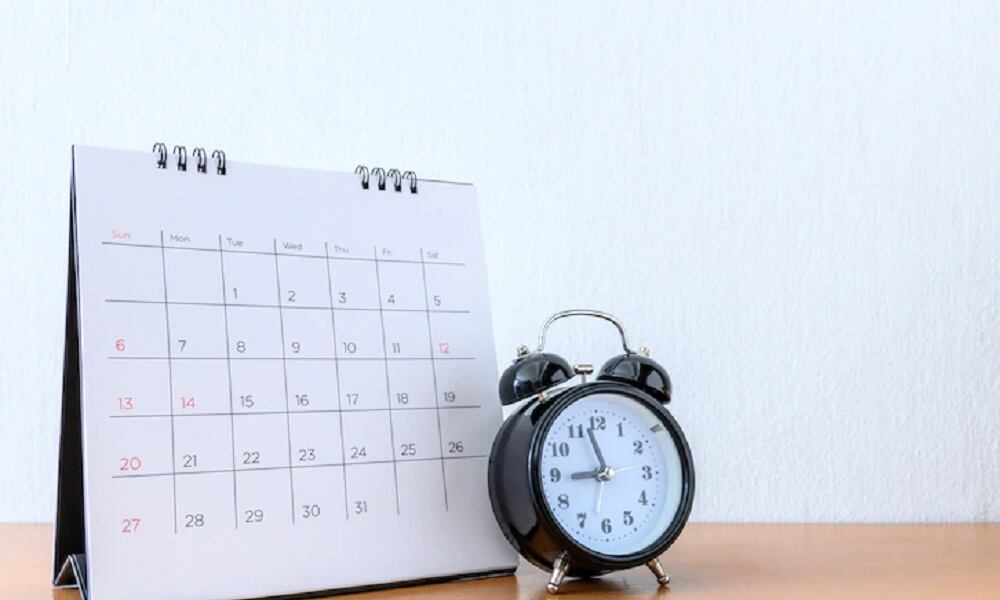Making a good presentation can sometimes be hard. To have to stand and give your best speech can trigger anxiety and discomfort. If you want to know how to improve your presentation skills, this article is for you.
Many people suffer from Glossophobia, which refers to the fear of speaking in public. The mere thought of having to present to many people may cause you to shiver and sweat. However, there are a few tips that can help you become a good speaker and sharpen your presentation skills.
Most times, you feel you would make errors during your speech or the audience may dislike your presentation. These little fears can make you anxious about your presentation and can affect your effectiveness. As with all skills, making a good presentation requires time and consistency plus your will to practice the tips I am about to share.
10 Tips to Improve Your Presentation Skills
1. Practice Your Presentation
“Practice makes perfect” Practicing your presentation as many times as possible can help improve your presentation skills.
After preparing your presentation ideas, you must take out time to practice what you would present and how you would present it. Get a friend or two around and have them listen to you while you talk. Ask them to point out where you made mistakes and how you can correct them.
If you can’t get people around to listen to you, record yourself while you practice. Whether it is audio or video, recording yourself enables you to hear how you sound, identify places where you made errors, and check the confidence of your speech.
2. Express Confident Body Language
Your body language goes a long way in revealing how confident you are about your presentation. When making your presentation, try as much as possible to express confident body language.
Avoid looking down on your toes, playing with your fingers, or standing in one position throughout your presentation.
Examples of confident body language include making good use of your hands by gesturing, looking directly at your audience, smiling while talking, and walking calmly on the stage.
3. Be Humorous
Adding a little bit of humor to your presentation can greatly improve your presentation skills. Whilst some presentations may require being strict and rigid, including some jokes, can help your audience feel at ease with your presentation. A rigid presentation can feel boring and less engaging. You do not want to sound like those boring class lectures you despise.
The power of humor is such that it enables your audience to pay more attention to your points and lightens the mood in the room. However, this should be done with caution and moderation.
However, avoid making jokes on sensitive issues else you risk your audience questioning your motive.
4. Get Familiar With Your Audience
When giving a presentation, make sure you understand who your audience is and their qualifications. You do not want to use ambiguous words just to sound smart without your audience understanding a bit of what you are saying.
Keep it simple!
Use relatable examples, personal stories, or visual representations to best illustrate your points. Telling stories makes your audience more receptive to your points and can also make you feel more at ease.
Avoid making your presentation all speech on your part. You can engage your audience by throwing questions at intervals. Allow your audience to ask questions and stimulate them to participate.
However, make sure during your practice, you must have sorted out every possible question you can imagine would be asked.
5. Visualize Your Presentation
One area where your fear of presentation is fought is in your mind. Your mind can play serious mind tricks on you. By constantly reminding you of your flaws, what could go wrong, and even how your outfit might look terrible, it slowly allows fear and anxiety to creep in.
The best way to overcome your mental fear is by visualizing your presentation.
In your mind, picture how you would want the presentation to be. Instead of thinking “I am going to flop badly”, visualize yourself giving the best speech to a standing ovation. Visualizing your best presentation can boost your confidence and improve your presentation skills.
6. Arrive on Time
Keeping your audience waiting is a bad move when you are to make a presentation. When preparing for a presentation, prepare to be punctual. Check the roads leading to the venue. How far is it from your residence? How many minutes would it take to get there?
Have a good rest and wake up early on the day of your presentation. Get there as early as you can so you can get familiar with your environment.
This will help you feel more relaxed.
7. Be Emphatic on Your Main Points
Sometimes, during presentations, your audience may tend to drift away from you and appear lost. This is okay, as people easily get bored with speeches.
To ensure that your audience does not leave empty-handed, emphasize greatly on your main points. A speech filled with thousands of words can be unentertaining. Making emphasis on your point can help the audience remember what you are speaking about. You can use repetition to be more emphatic. Repeating your key points helps reinforce your messages in your audience’s memories and makes them easy to remember.
8. Be Time Conscious
For every presentation, you are always allocated a time frame. Whoever sets the time frame understands that you can make a good presentation within that time. For a good presentation, you must be conscious of time and make sure you do not exceed it.
During your practice, ensure you practiced within the time allocated to you. Remember that you have your presentation and a question & answer section. You must manage your time and deliver an impressive presentation.
9. Cross-Check Your Presentation Aids
The art of presentation has become quite stress-free with the advent of technology. Presentation tools such as your Ipad, Laptop, Slides, and Projector Boards can prove helpful when delivering a presentation.
However, these tools can be unpredictable. Before your presentation, ensure that you double-check every material you would be using. Test them before your presentation. Make sure your device is fully charged, your phone is on silent mode and your slides are saved properly.
If possible, device a plan “B” with the technical crew. Eliminating technical problems can greatly improve your presentation.
10. Watch /Attend Other Presentations.
We learn by watching others. If you have never watched or attended presentations or seminars, what blueprint would you want to implement in yours? Watching others present can help you note where you need to improve, what way to organize your speech, and even copy some amazing body language from professionals.
I learned how to improve my presentation skills effectively by binging on TED Talks shows. I would randomly pick a category and binge on it for hours. I even learned how to subtly incorporate humor in my speech.
Conclusion
Presenting is not an easy task. While some might have the flair for speaking in public, presenting for others might be a herculean task.
It requires practice and dedication on your part if you would want to become effective at presenting. Next time you feel the fears of presentation, feel free to head back here and put these tips to practice.




























0 Comments